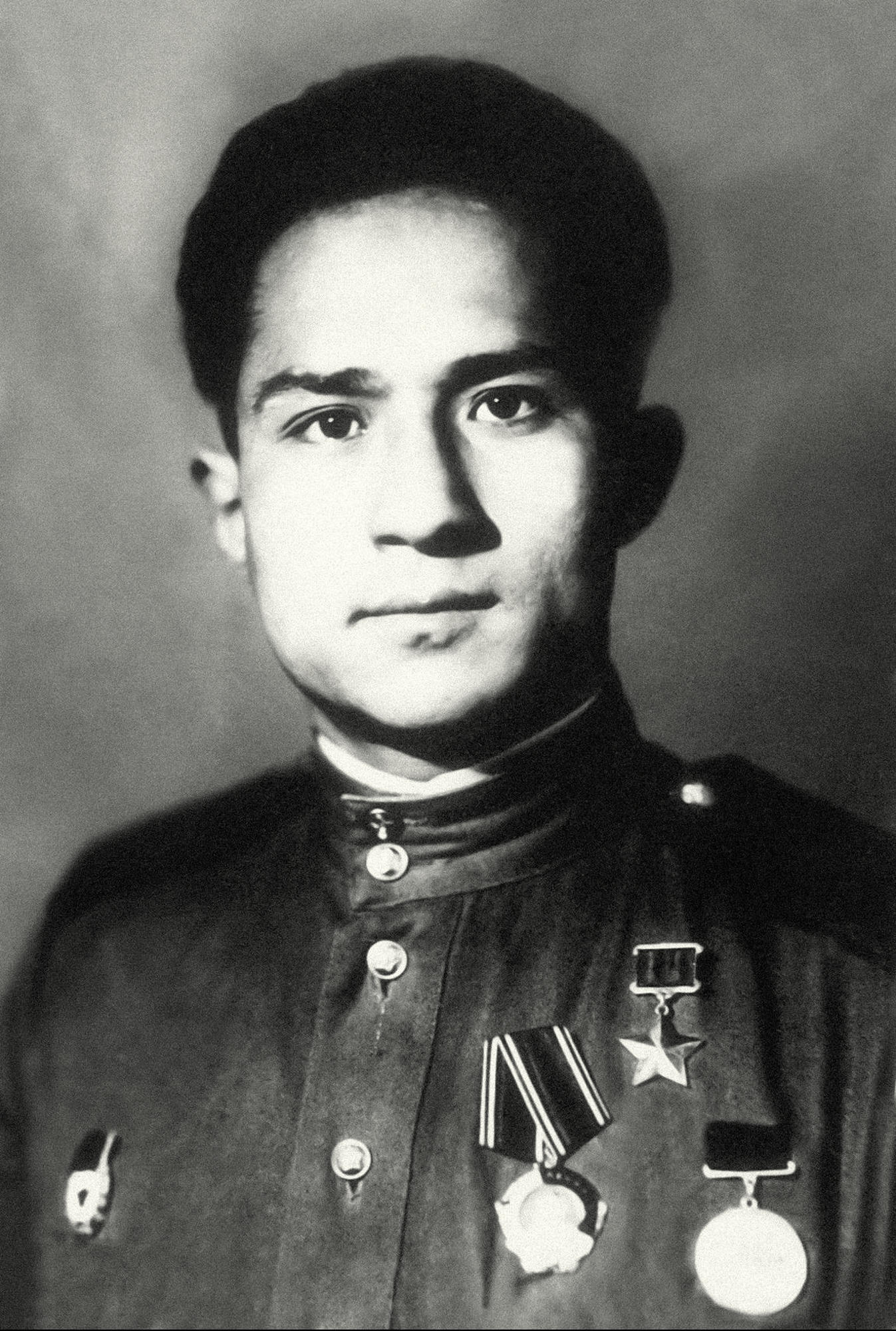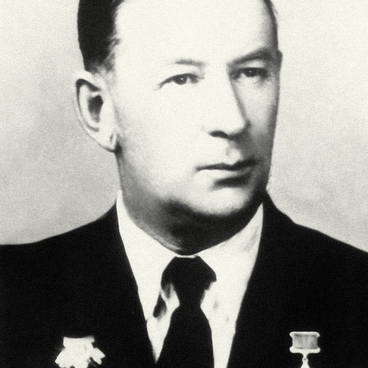Until 1943, the Soviet 45 mm anti-tank gun was performing splendidly in duels with German battle tanks. Yet shortly before the Battle of Kursk Wehrmacht Command retooled their front-line units with state-of-the-art weaponry: Panzer Tiger and Panther, SP guns Ferdinand. Even the Т-34 tank was toothless against them. Therefore, to oppose the new threat, the Supreme High Command General Headquarters organized tank destroyer battalions armed with ZIS-3 76 mm anti-tank guns. Sergeant Khodi Kinzhayev saw duty in the 1177th anti-tank artillery regiment of the General Headquarters reserve.
The native resident of a Tadzhik kishlak (village) Kostakoz was drafted in 1938. 3 years later the Great Patriotic War broke out and he had to forget about army discharge. He arrived at the Kursk Salient in the rank of a staff sergeant and as a gun section chief. Artillerymen used to make fun of large caliber antitank guns, saying: ‘Barrel is long – life is short’. It was a problem to mask such a gun on the battlefield, it became a site target for attacking tanks right after the first shot, therefore the fighting power of the guns had to be complemented with special tactics.
In July, the brigade took up a position at high ground 254.5, where the Battle of Kursk Memorial is located today. The artillerymen dug-in and effected elaborate camouflage. The battery was multinational and Russian, Mordovian, Ukrainian, Tatarian and Mari soldiers were fighting next to the commanding officer. On July 6, 24 Tigers were heading their way. The gun section destroyed 4 of them and was then shot to pieces by the tank backfire. Khodi was the only survivor and he went on firing on his own until 3 more tanks caught fire. Wounded three times, he never left the fighting ground, until a shell pulled his gun to bits. Even then, the sergeant didn’t stop and killed the eighth tank by firing an antitank rifle. He then made for the rear and, on the way to hospital, he helped a wounded soldier from a neighboring gun section. He was awarded the title of the Hero of the Soviet Union in September.
In 1945, Khodi Kinzhayev joined a program at an artillery school in Podolsk and was transferred to the reserve holding the rank of Junior Lieutenant. The war hero came home and became Chairman of the Village Council and later also deputy to the Supreme Council of the USSR. The toughness acquired in the battle lines influenced his postwar destiny: the veteran was awarded two Orders of the Badge of Honor for his engagement in civilian jobs.
The native resident of a Tadzhik kishlak (village) Kostakoz was drafted in 1938. 3 years later the Great Patriotic War broke out and he had to forget about army discharge. He arrived at the Kursk Salient in the rank of a staff sergeant and as a gun section chief. Artillerymen used to make fun of large caliber antitank guns, saying: ‘Barrel is long – life is short’. It was a problem to mask such a gun on the battlefield, it became a site target for attacking tanks right after the first shot, therefore the fighting power of the guns had to be complemented with special tactics.
In July, the brigade took up a position at high ground 254.5, where the Battle of Kursk Memorial is located today. The artillerymen dug-in and effected elaborate camouflage. The battery was multinational and Russian, Mordovian, Ukrainian, Tatarian and Mari soldiers were fighting next to the commanding officer. On July 6, 24 Tigers were heading their way. The gun section destroyed 4 of them and was then shot to pieces by the tank backfire. Khodi was the only survivor and he went on firing on his own until 3 more tanks caught fire. Wounded three times, he never left the fighting ground, until a shell pulled his gun to bits. Even then, the sergeant didn’t stop and killed the eighth tank by firing an antitank rifle. He then made for the rear and, on the way to hospital, he helped a wounded soldier from a neighboring gun section. He was awarded the title of the Hero of the Soviet Union in September.
In 1945, Khodi Kinzhayev joined a program at an artillery school in Podolsk and was transferred to the reserve holding the rank of Junior Lieutenant. The war hero came home and became Chairman of the Village Council and later also deputy to the Supreme Council of the USSR. The toughness acquired in the battle lines influenced his postwar destiny: the veteran was awarded two Orders of the Badge of Honor for his engagement in civilian jobs.


